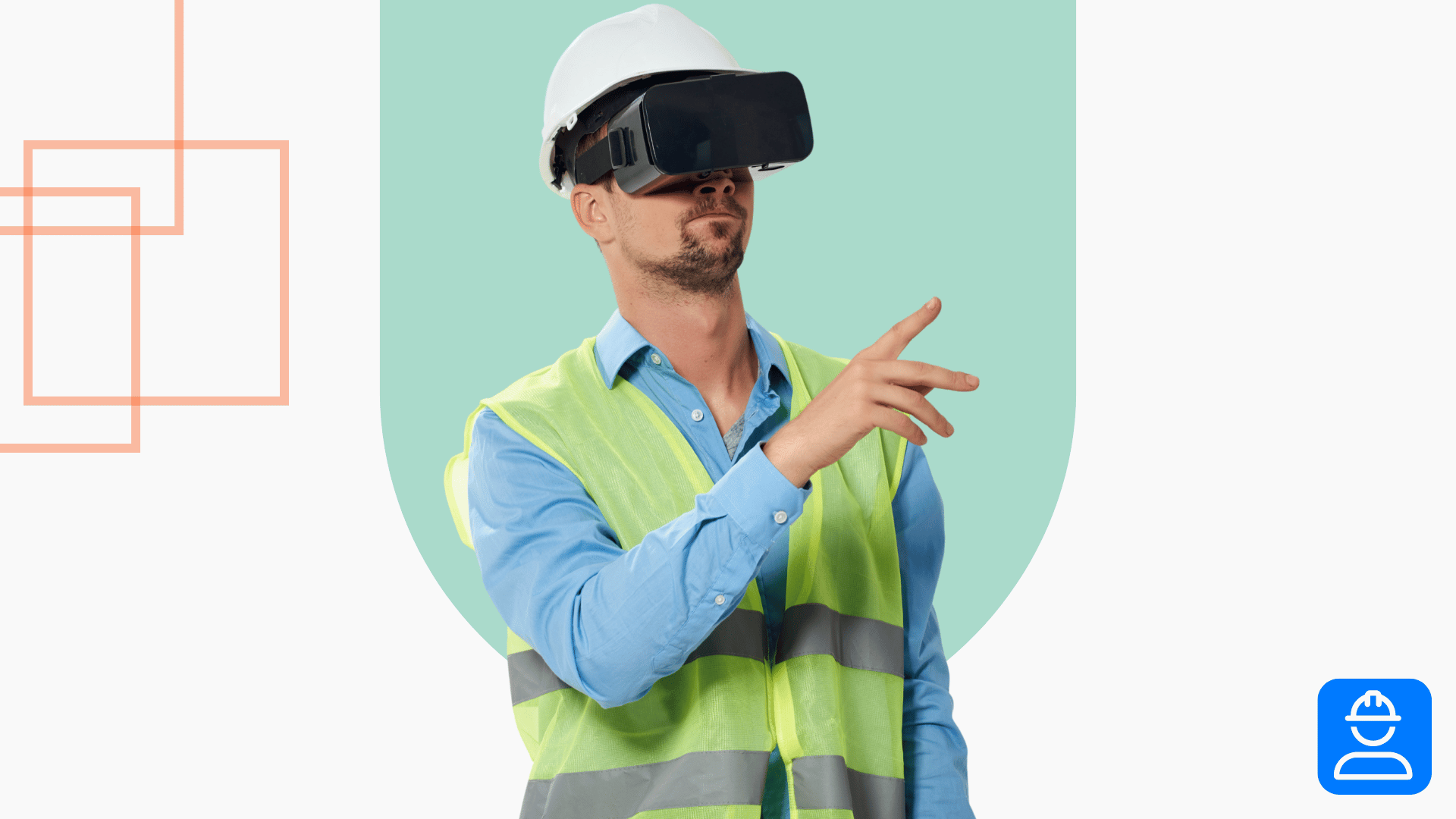The use of virtual reality for safety training is a relatively new approach. It’s part of a growing trend of using technology to improve health and safety outcomes. As the virtual reality market expands, companies have more and more opportunities to incorporate it into their health and safety programs.
What does VR training look like?
Virtual reality (VR) is a computer simulation that immerses the user in a 3D environment by engaging the physical senses. It involves using gear like a helmet, gloves, or goggles to engage the senses in a very lifelike way. The exact gear you use depends on the manufacturer itself.
In the training context, virtual reality simulates different scenarios that employees react to and learn from. Examples include:
- Operating equipment or tools
- Responding to emergencies
- Completing process steps in order
- Reacting to operational issues
For some types of training, the virtual environment offers an experience that you can’t create in the classroom.
What are the benefits of VR training?
The biggest benefit of VR safety training is that it eliminates some of the risk from the process. Some processes involve dangerous equipment or materials which increase the risk level of the training itself. While employees are learning their roles, they’ll have to interact with these variables. But VR can replace some of those hands-on elements to allow workers to safely understand how to use otherwise hazardous materials and tools.
There are many other potential benefits of virtual reality for safety training, including:
- Increasing content retention
- Engaging different learning styles
- Reducing accident rates and quality errors
- Lowering travel costs for training
- Boosting training engagement
- Creating a memorable training experience
As an operations manager, I’ve had many instances where someone was training to drive a forklift or an order picker and just didn’t feel comfortable. They quit before the training was even over. But virtual reality can really help boost someone’s confidence with the process—similar to how role-playing exercises help managers prepare for difficult conversations.
What are the downsides?
While the market for virtual reality products specifically for health and safety training is growing, it’s still young. Like any new technology solution, VR isn’t a fit for every company. Let’s look at some of the downsides.
Affordability: When it comes to cost, VR may or may not be a good option. If you conduct big training classes, and need a lot of gear to do it, then it will take a while to offset the cost of the equipment investment.
Practicality: The actual application of virtual reality training might not fit well into certain training programs. You must decide whether the setup and use of VR equipment is practical for the training you do.
Time: Although VR can be very engaging, it can also distract from the message of your content. If you’re using it to make training more fun, but it doesn’t add to the content, VR might not be a good choice.
Will virtual reality replace traditional training?
While VR has many applications, it’s unlikely that it will completely replace traditional training methods anytime soon. There are some safety topics that require in-person or hands-on training. A good example of this is any sort of driving (forklifts, reach trucks, cranes, etc.). You need to do an in-person evaluation to make sure operators can safely use the equipment.
You could, however, have employees do a virtual skills assessment before they get to operate anything. This is great for engaging workers in the classroom and preparing them mentally for complex tasks.
Overall, virtual reality for safety training is an exciting option for those courses that require practical, tangible application in the real world. But if you don’t incorporate it into an already high-quality training program, it could just end up being a distraction from critical information. As with most technology solutions, the potential for VR in safety is literally in the eyes of the beholder.
Other posts you might like…
No posts

